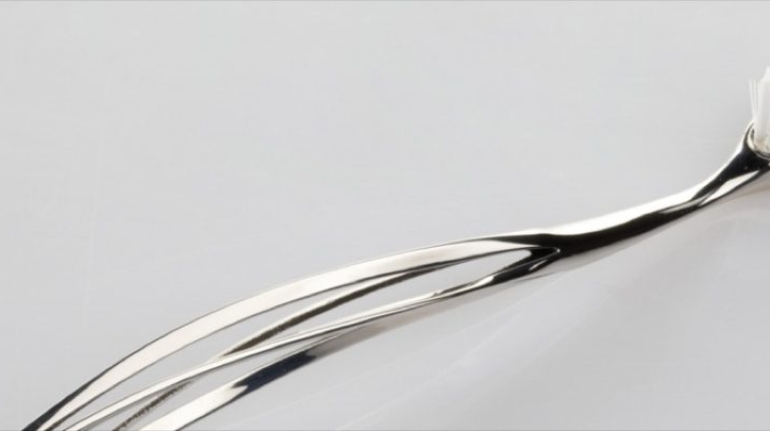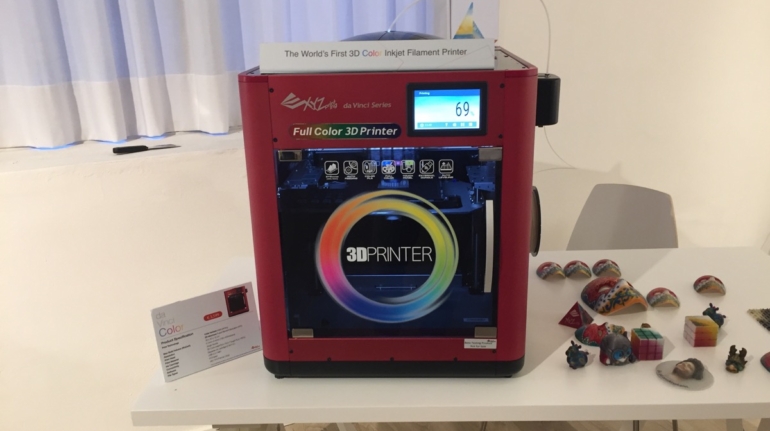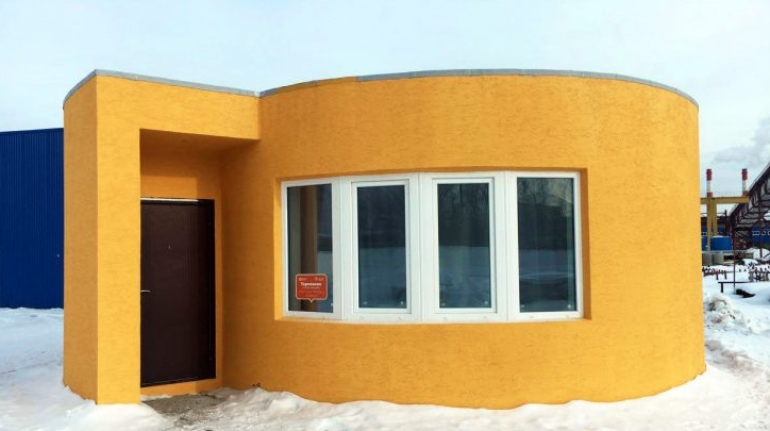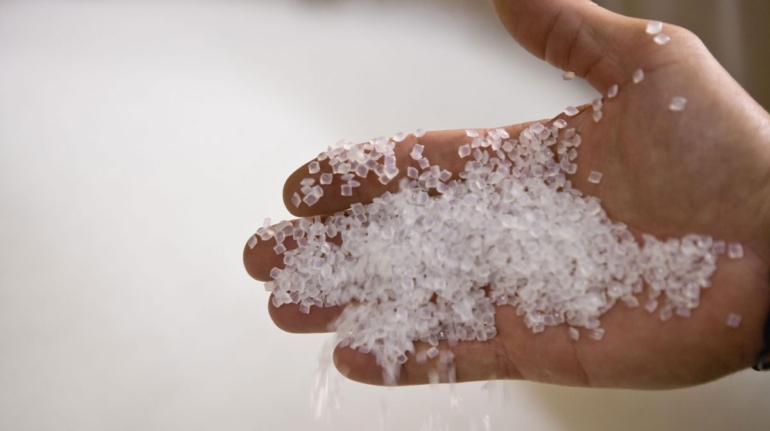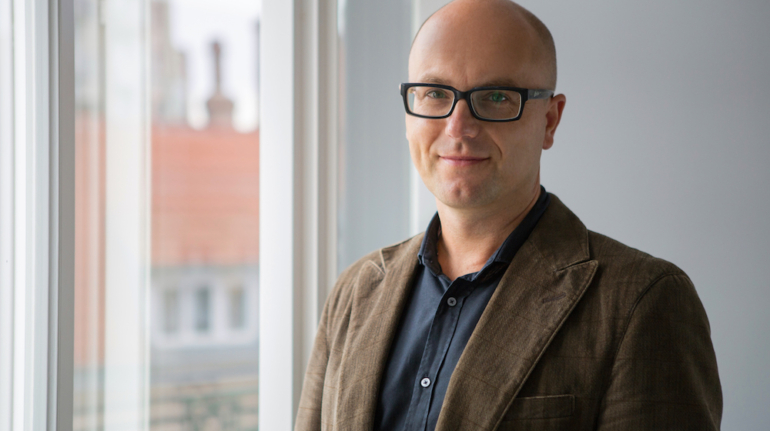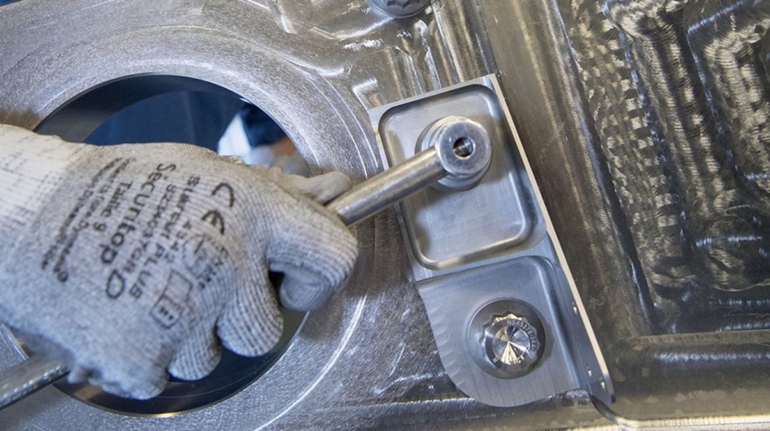Zare to mass produce luxury metal 3D printed MIO toothbrush Consumer Products
Many are familiar with Italian design brand names like Alessi, Pininfarina or Colani. We think of cars with elegant lines, fine furniture and iconic household objects. Now, Zare from Boretto, Italy, has ventured to design a new toothbrush in collaboration with Nussbaumer Design, headed by Christoph Nussbaumer. The result is very unusual – this toothbrush is made from metal. The metal 3D printed MIO toothbrush features a timeless design and is mass produced by means of additive manufacturing.

